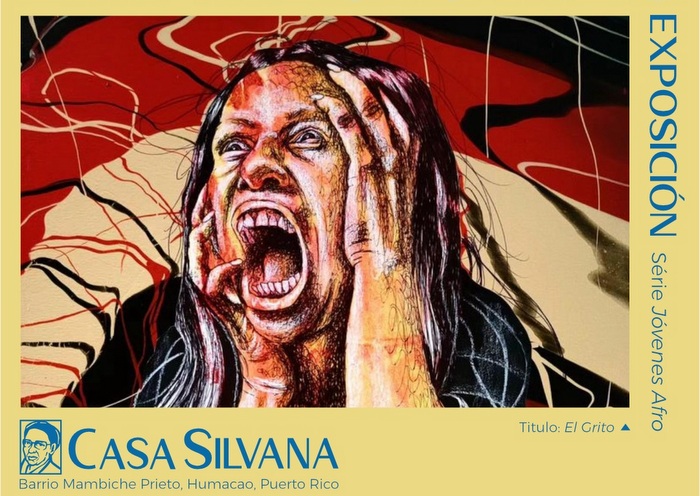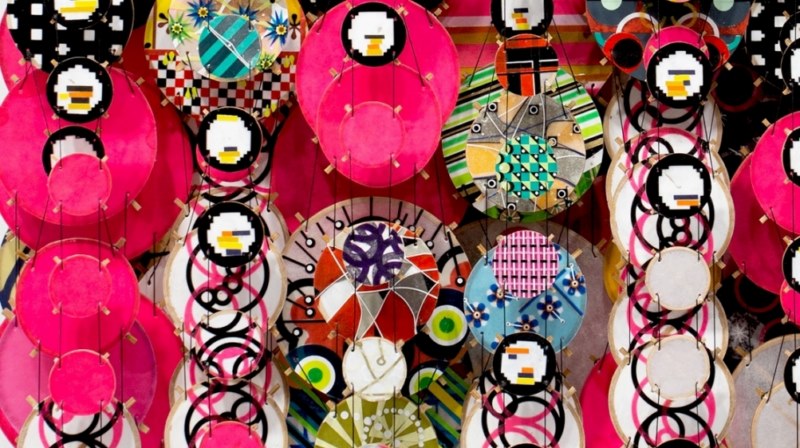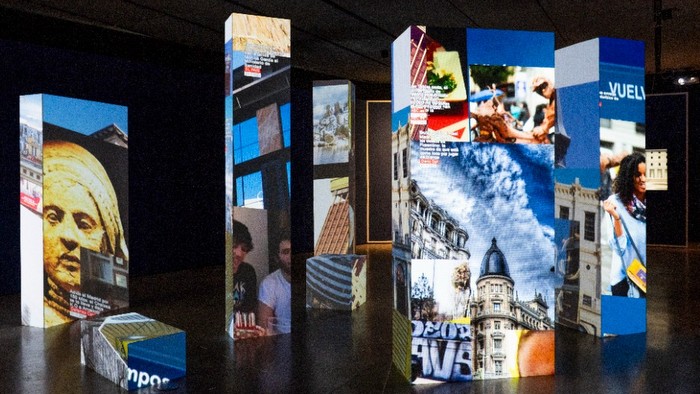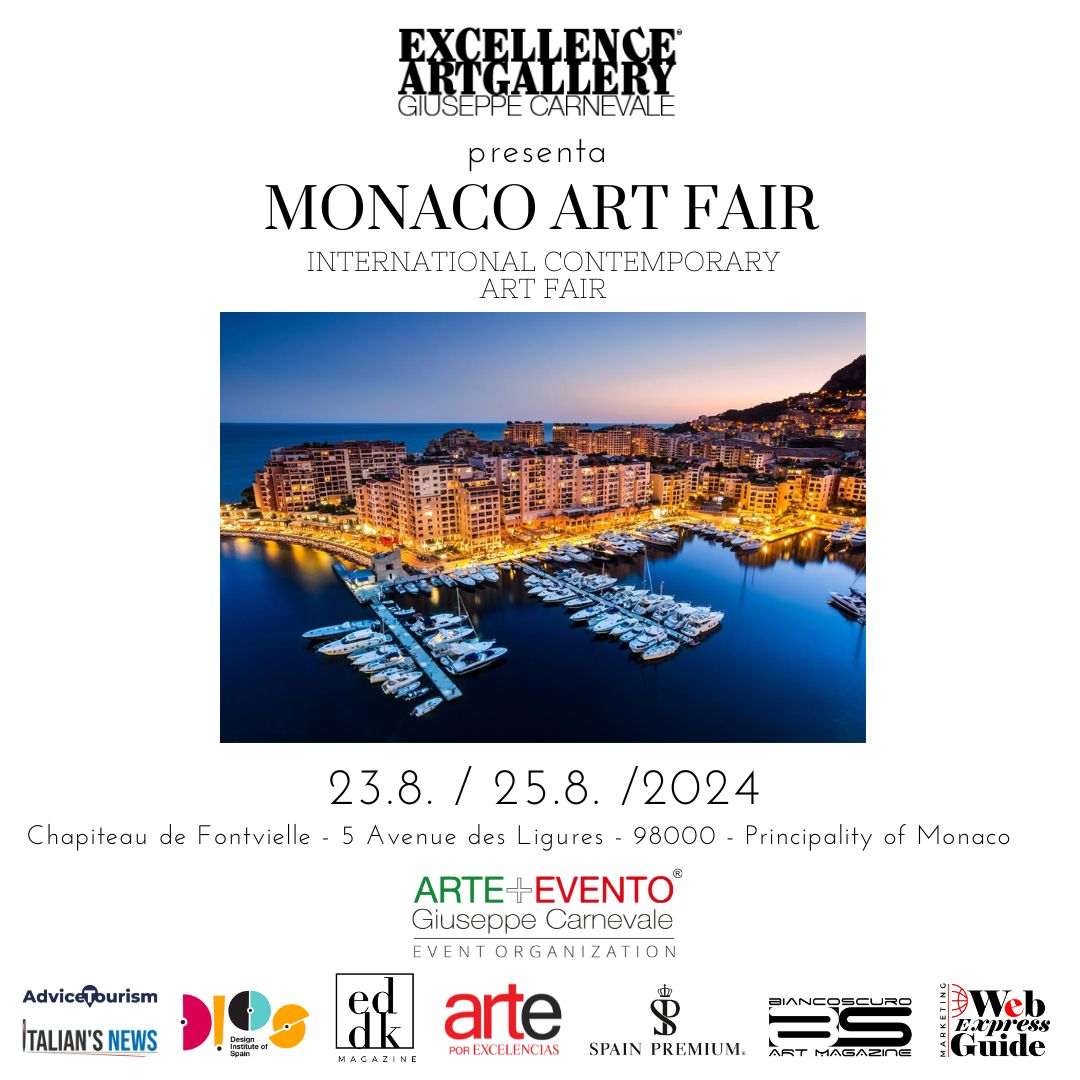At its best, art writing adopts the approach of the method actor: the writer enters the psyche of the artist, and in this act of self-deception, strings together words into a text whose structure adopts how the artist thinks. The reader should leave with the phantom of an encounter that emulates the work. It is a practice in forced empathy that hinges upon the transmutation of the writer's mind into the artist's hand. In this process of fictionalization, effective writing about art veers away from translation and description and instead inches toward fabrication and fantasy—a falsehood that communicates visuality more truthfully through text. Harold Bloom called this purposeful misunderstanding of a source (for him literature, but here as art), 'poetic misprision'; a term that defines how a fact-based reading of reality must suffer to reach closer accuracy.
For an artist like Jacob Hashimoto (b. Colorado, 1973), in his seventh solo exhibition entitled Misunderstandings at Rhona Hoffman Gallery, one must think in layers. The sculptures are made of dense compositions of elaborately patterned and collaged bamboo and rice paper kites. Kaleidoscopic images emerge that reference virtual space, natural environments, the cosmos, etc. Though remarkably stable, their images imbue a movable quality that is closer to woven textiles, or pixels, than to canvas. Working against the demand of linear logic—the urge for artists to provide digestible explanations into the 'meaning' behind their work, particularly in abstraction—lies at the core of Hashimoto's resistance toward the dogmatic impulse, which the artist credits as contributing to "the death of poetry." The deficiency is not that of language, but how it is instrumentalized.
Bypassing the persistent and vexing Greenbergian dilemma of painting vs. sculpture—when has it mattered?—Hashimoto's work encourages us to address stratums of experience. We can imagine a text that portrays being, as if we were the threads of string passing through the eye of a needle. Or tessellating sheets of sliced paper in states of suspension upon a filament. Perhaps passages that observe how flatness is transferred back into atmosphere; two dimensions separated in subtle distances by veils of air. We could adopt the description of a pastoral landscape that has been interrupted. In this collection of wall-based works, angular lines cut through the sky, like the trail of a jet when it passes over a cloudless expanse, or otherwise collect in the vapors cast in deep violet and red light above a field during a twilight thunderstorm.
In Misunderstandings, the titles of the works on view hover between deception and control, as well as types of pathetic fallacy—a literary device that describes exterior natural phenomena to communicate an inner psychological landscape. In each of the three larger compositions, a relationship to nature is approached in the Romantic sense; cues that allude to the anthropomorphizing of the elements (air, water, earth, and fire). In The innocent life of lightning (2021), a highlighter yellow line passes above and below a reddened geometric field. Amid these works, the micro informs the macro, and vice versa. The temporality of Hashimoto's marks, imbued upon their lasting surfaces as works of art, is cued through the artist's choice in words. In To catch a glimpse of the sky (2021), a series of five small cumulous forms appear to be made from patches of black starry sky. Upon closer inspection, we see that this effect is achieved through the pattern of white pixel squares upon navy paper. Representation, like a flash of lightning, appears and goes just as quickly—yet the desire for a gestalt effect, to see the recognizable reflected in abstraction, remains.
Hashimoto's constructions—the separation and amalgamation of individual parts to compose a whole—evolve in relation to the mind of the viewer. They are not sealed off, but rather functionally and conceptually open. Which is to say that within a global context their meaning changes as the world changes. They encourage viewers to look and learn how to create meaning: this skill of navigation is required by the artist and audience alike. Like mood rings, as the perception of the work moves from person to person, its magic is activated—a way of seeing that is as external as it is a report from the interior.
—Stephanie Cristello
Jacob Hashimoto was born in Greeley, Colorado in 1973 and is a graduate of The School of the Art Institute of Chicago. He lives and works in Ossining, New York. Hashimoto has been featured in solo museum exhibitions at MOCA Pacific Design Center in Los Angeles, MACRO - Museum of Contemporary Art in Rome, Fondazione Querini Stampalia in Venice, LACMA - Los Angeles County Museum of Art, Schauwerk Sindlefingen in Germany, and the Wäinö Aaltonen Museum of Art in Finland. He has had solo exhibitions at Studio la Città in Verona, Galerie Forsblom in Helsinki, Anglim Gilbert Gallery in San Francisco, Leila Heller Gallery in Dubai, and Mary Boone Gallery in New York among others. His work is in the collections of LACMA, EMMA – Saastamoinen Foundation, Schauwerk Sindelfingen, The California Endowment, and numerous other public collections.
JACOB HASHIMOTO
September 17 - October 23, 2021
Misunderstandings
Publicaciones relacionadas
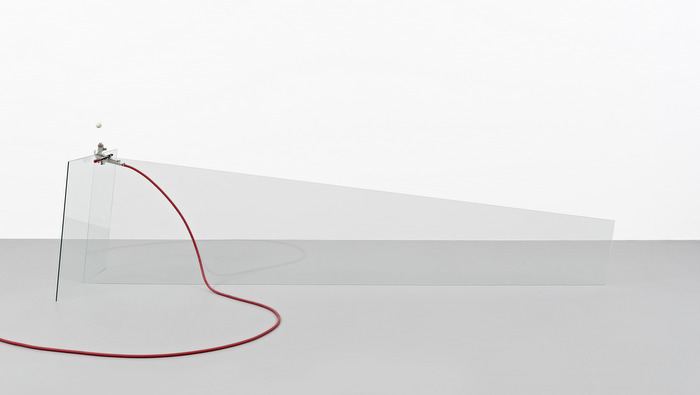
México acoge obras de Damien Hirst
Abril 29, 2024